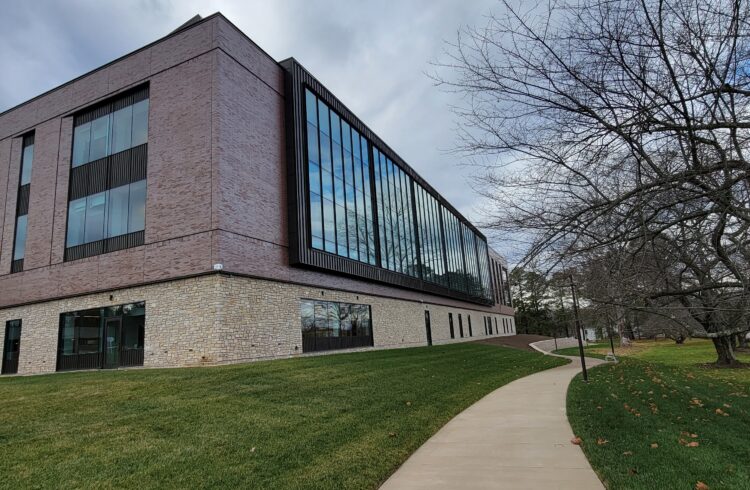
Could a future doctor’s penchant for mathematical models change the way cancer and other major illnesses are treated?
“I envision a day when we will prescribe drugs to specifically treat the cellular mutations that cause a patient’s disease,” says Edward C. Stites, who is a medical student and PhD candidate in biophysics at the University of Virginia Health System.
Stites and fellow researchers at UVa recently developed and validated a mathematical model to understand why some mutations in a protein, known as Ras, cause cancer. Not stopping there, they also used the model to identify a drug strategy that could have more impact on cells with cancerous Ras than on cells containing healthy forms of it.
Ras is so-named because it was originally isolated from rats with sarcoma. Found in virtually all living things, it promotes cell growth and division.
Much cancer research has focused on Ras, and scientists have identified a whole family of active and inactive forms of the protein. Active Ras interacts with other proteins and creates pathways that carry “get-growing” signals between cells. Ras converts back to an inactive form when cell growth, which is a self-regulating process, halts periodically.
Genetic mutations can cause Ras to become abnormal and unregulated. When mutated, Ras stays predominately in the active form and causes uncontrollable cell growth, or cancer.
The UVa researchers worked with data from published biological literature to develop their model. They identified 20 parameters that describe signaling modules with wild-type (healthy, non-mutated) Ras and 14 parameters that compare the biochemical differences between wild-type and mutated Ras.
The model offers several key benefits. “Many different processes work together to determine if Ras is in the active or inactive form,” Stites explains. “Mutations in Ras disrupt many of these processes simultaneously. A mathematical model is a great way to keep track of all of these activities and study how the changes caused by a mutation keep Ras in the active form.”
Developing the model also yielded a valuable insight regarding drug design. “Mutant and healthy Ras are so similar that it is difficult to design a drug that targets only the mutant,” notes Stites. “Our research indicates this may not be a problem. We modeled a drug strategy that targets mutant and healthy Ras equally. However, we found that the strategy can actually have a bigger effect on cancerous cells because their signaling networks function a little differently.”
Stites, whose ambition is to apply his passion for math to his work in medicine, believes similar models could be used to study other cell signaling pathways. Mathematical modeling could also prove helpful in developing hypothetical answers to numerous long-standing research questions.
Other members of the UVa research team were Paul C. Trampont, Zhong Ma and Kodi S. Ravichandran. Entitled, “Network Analysis of Oncogenic Ras Activation in Cancer,” the full study appeared in the October 19, 2007 issue of Science and can be found on line at www.sciencemag.org .


